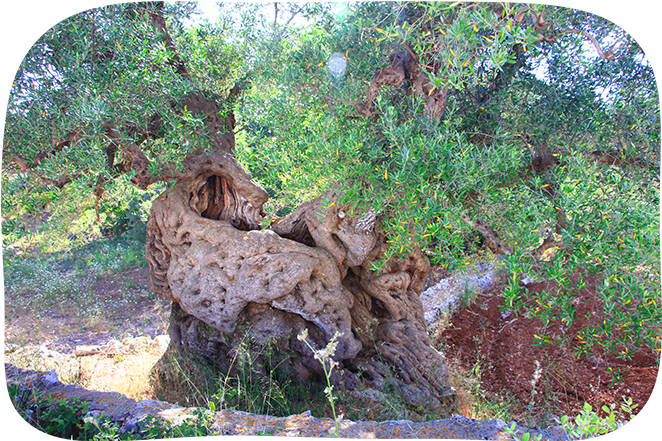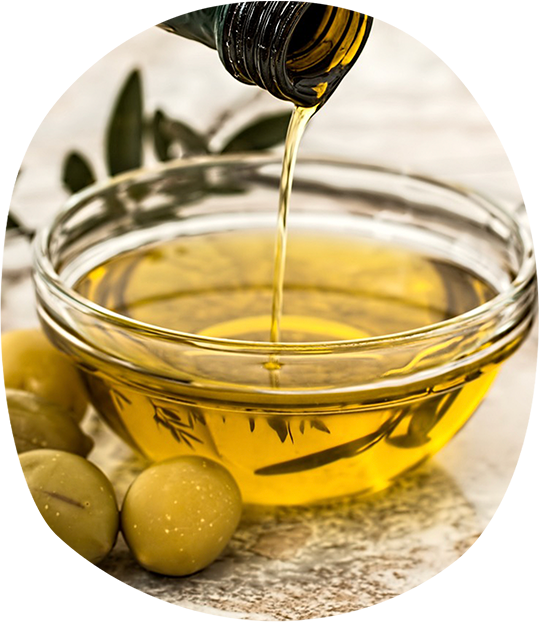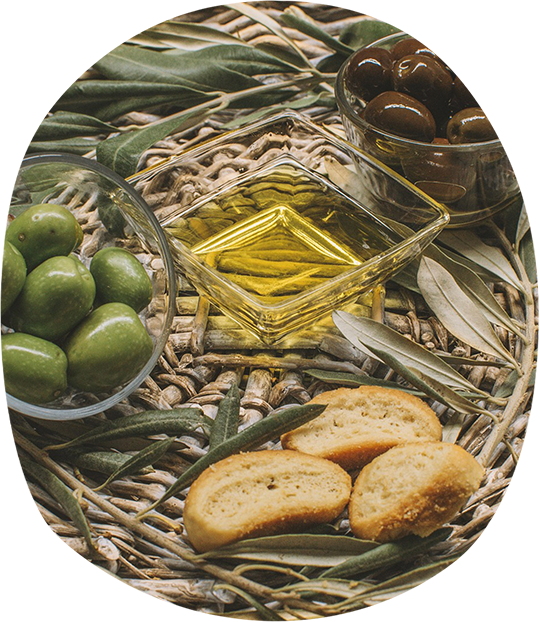A Journey through Millenary Olive Trees and Olive Oil
Discover the Apulian giants and their liquid gold

The Spectacular Olive Trees Plain
Puglia boasts Italy's most extensive olive-growing heritage, with approximately 60 million trees. Of these, almost half are majestic centuries-old olive trees, and among them stand out rare and precious millenary specimens, silent witnesses to ancient eras.
Right at the foot of the Murgia Plateau, overlooking the Adriatic Sea, stretches the famous Plain of Monumental Olive Trees in all its grandeur. This unique and spectacular landscape extends between the municipalities of Monopoli, Fasano, Cisternino, Ostuni, and Carovigno.
These wonderful trees characterize the landscape, making it unique in the world. They resemble living sculptures and possess the presence of ancient sages, with their gnarled and wrinkled trunks. Their imposing roots extend several meters from the canopy, intertwining among the rocks to capture the moisture that seeps from their fractures.
Olive trees are not just mines of that liquid gold, which is extra virgin olive oil; they also constitute the ideal habitat for many small animals such as insects, reptiles, mammals, and birds.

Millenary Olive Trees: Discover the Largest
Among the thousands of olive trees that are several centuries old, some have passed the millennium mark—and sometimes more than one. Local people are particularly fond of these "vegetable patriarchs," giving them the care due to a monument and "baptizing" them with proper names.
Some are visible from the road, while others are located on private properties (masserie, farms) that occasionally organize visits. It's up to enthusiasts to go and discover them! We've listed a few here as a suggestion.
"Grandfather Olive Tree" of Carovigno
This imposing olive tree is located along the road to Santa Sabina at the intersection with Contrada Catanzani. Although it might be missed by those passing by car due to its slightly lowered position, it can be recognized by walking along the sidewalk. Its measurements are truly exceptional, with a circumference of 10.38 meters (measured as usual at 130 cm from the ground) and a spectacular spiraling trunk.
"The Emperor" of Ostuni
Located near Ostuni, this green and grey emperor has a decidedly dominant and sacred presence. It has a wonderful trunk supported by stones, with a circumference exceeding 8 meters. Experts believe that this olive tree and those in its immediate vicinity may have originated during the Roman period.
"The Baron" of Manduria
This is an olive tree at Masseria Fellicchie, in the countryside of Manduria, in the Taranto area. This giant has a circumference of about 10 meters and a height of 8 meters.
"The Good Giant"
With a trunk over 9 meters in circumference, this olive tree could be up to 3,000 years old, an era when the Messapian people lived in Puglia. Nearby passed the Via Traiana, built 2000 years ago during the time of the Roman Emperor Trajan, which greatly boosted the commercialization of olive oil.

The history of Olive Oil
Olive oil is an ancient food; the first traces of olive trees in Apulia date back 8-10 thousand years. In ancient Mediterranean civilizations like the Phoenicians, Greeks, Arabs, and Romans, the olive tree and its oil held a central role in daily life, gastronomy, and trade.
A sacred food for Greek culture, which had its Magna Graecia territories here in Puglia, olive oil was part of the sacred Greek food triad, composed of oil, bread, and wine, associated respectively with the deities Athena, Demeter, and Dionysus.
How is olive oil made?
Fragrant, smooth, aromatic. But how is this liquid gold, omnipresent in Italian cuisine, obtained? Let's discover the fundamental steps.
- Harvesting: The first step in producing Extra Virgin Olive Oil is harvesting the olives from the tree, either by hand or with mechanical tools, to preserve their integrity. Olives that have fallen to the ground are not collected, as they would be bruised.
- Transport to the Oil Mill and Washing: The oil mill is ideally located nearby.
- Grinding: Care must be taken that this process is delicate and does not overheat the product, so as not to alter its qualities.
- Malaxation: This is a slow mixing of the obtained paste to allow the small oil particles to aggregate, bringing with them flavors and aromas.
- Centrifugal Extraction: This occurs inside a decanter, separating the oil from the pomace and water.
- Refinement: The oil is refined through a centrifugal separator that eliminates the last traces of water and sediment.
- Final Decantation: This takes place in stainless steel tanks, where air is replaced with nitrogen to prevent oxidation and best preserve its freshness.
Each phase is crucial for transforming simple olives into a high-quality Extra Virgin Olive Oil. This process yields a pure product, rich in flavors and properties, bringing the history and authenticity of the Puglian territory in every drop.

EVO Oil Tour: Learn to taste olive oil
Just like wine, olive oil has aromatic properties and characteristics that depend on the cultivar. An olive mill tour with a tasting allows you to grasp every olfactory and gustatory nuance of this extraordinary product. Plus, if you join our EVO Oil Tour, you can enjoy fantastic Apulian bruschetta and taralli!
Apulia Rental offers, among its Experiences, a guided tour of one of the most renowned masserie (fortified farms) in the Fasano countryside: Masseria Savoia, owned by the family of the same name since 1909.
But the history of this place is much older! The masseria has existed since the 1700s, but this area was inhabited and active as far back as the Middle Ages. In fact, an underground olive mill (frantoio ipogeo) and a medieval rock settlement still exist and are visible.
The tour includes a visit to the historic premises, a walk among the ancient olive trees, and a superb guided tasting.
The Soul of Puglia is in its Olive Trees
In Apulia, the olive tree is not just a tree; it's a living symbol.
It unites the majesty of millenary patriarchs, silent guardians of a centuries-old history, with the liquid gold that enriches our tables. Every drop of this extra virgin olive oil, the result of an ancient and carefully managed process, encapsulates the soul of a unique territory.
